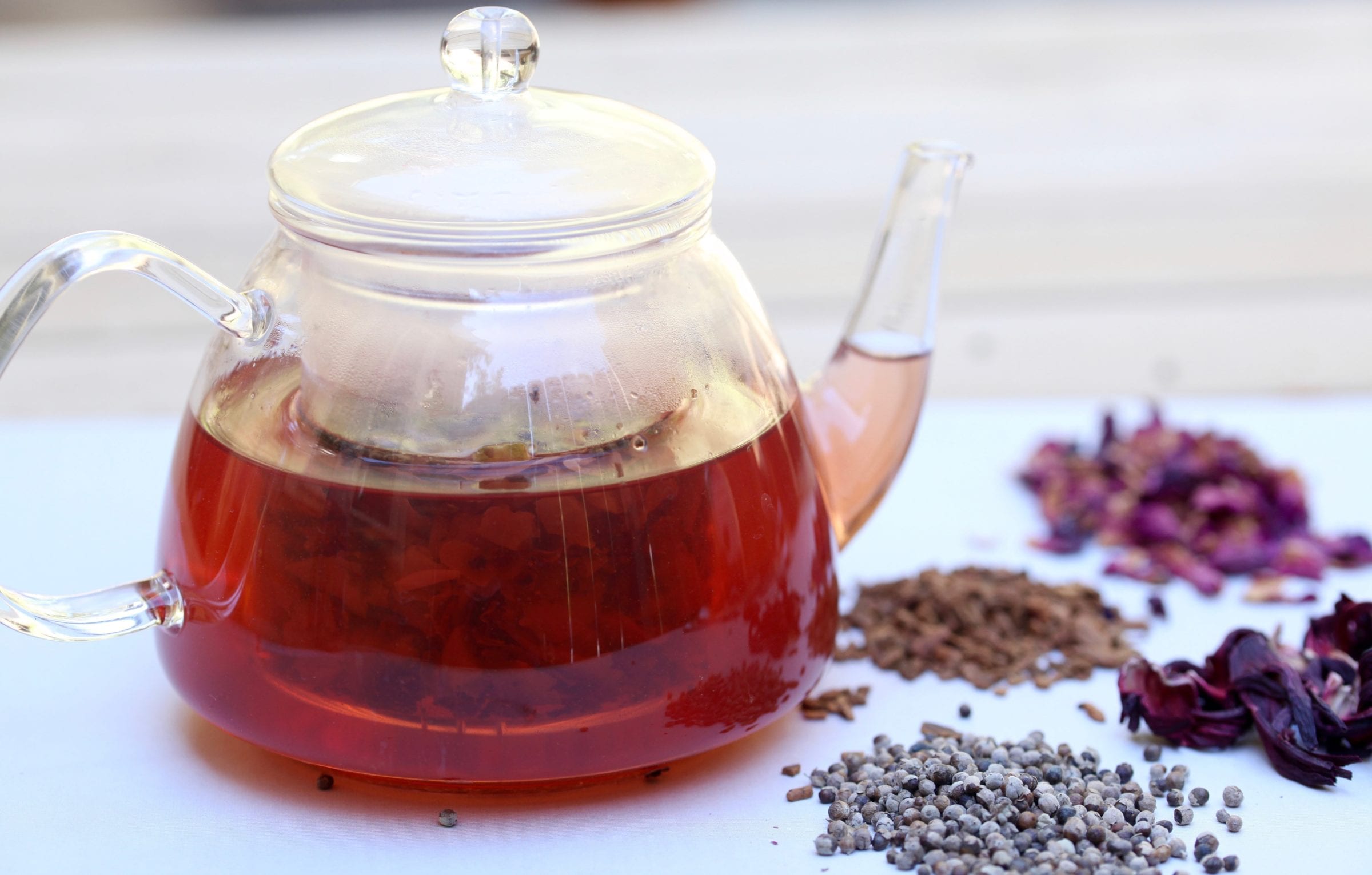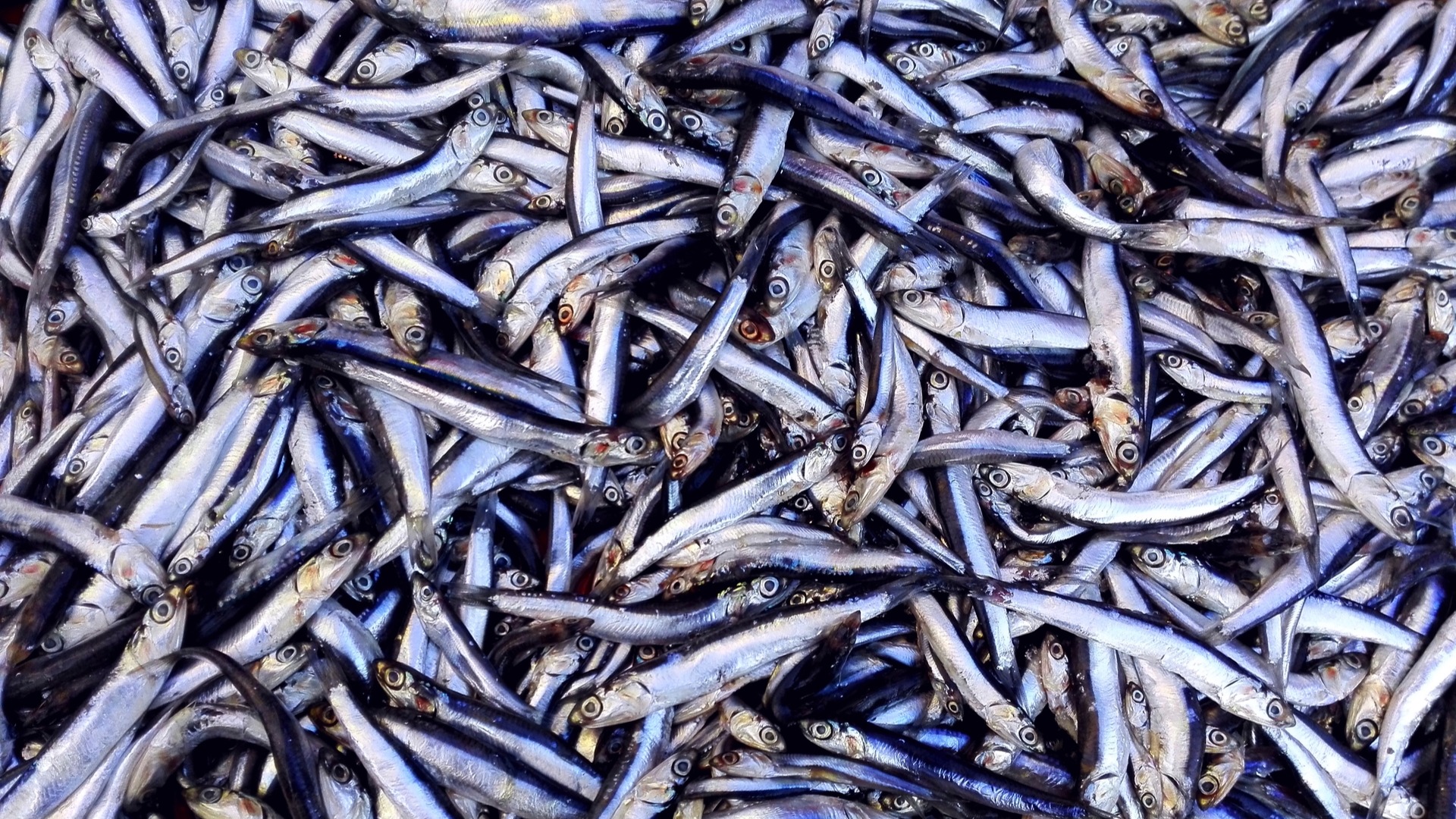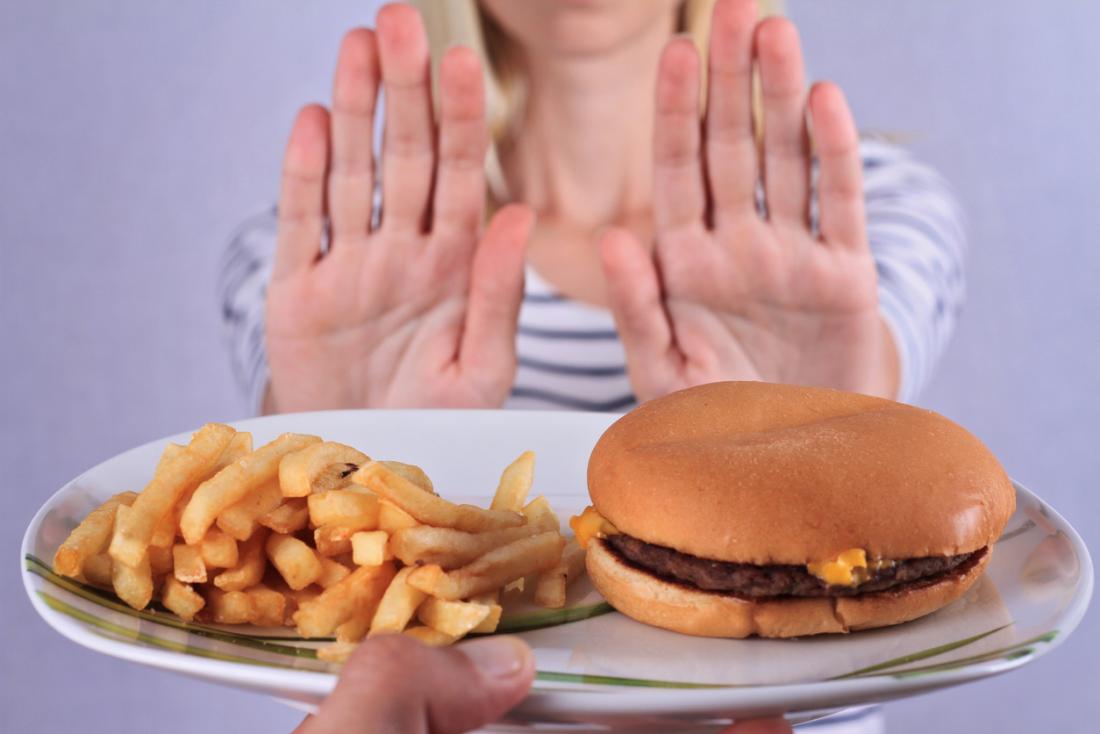Quinoa is a tiny, grain-like seed, initially discovered in South America thousands of years ago. [2]
Although it’s a seed, you can prepare and eat it like a grain. It is a bit nutty flavored and has a lovely chewy flavor when cooked properly.
Compared to other grain crops, quinoa is higher in protein and fiber and contains all nine essential amino acids. It’s gluten-free, so definitely a better choice than many other grains.
People eat quinoa instead of rice because it makes them fuller. It can also reduce post-meal blood fat levels compared to eating rice or bread.
Quinoa also contains lysine that heals sore muscle after an extreme workout. [3]
It’s rich in manganese and copper that help fight free radicals and keep your bone strength. The fiber helps to maintain a healthy digestive tract and slows down the sugar released into your bloodstream.
You can have quinoa as a healthy substitute for some other foods, but it’s quite pricey, and not everyone likes it. Moreover, quinoa has a high carb count. Having half cup of quinoa in your meal can leave you with a serving of 17 grams of net carbs. [1]
So, if you are not into quinoa, there are some good substitutes for you. You can easily find them at your local grocery shops.
7 Low Carb Substitutes for Quinoa
1. Freekeh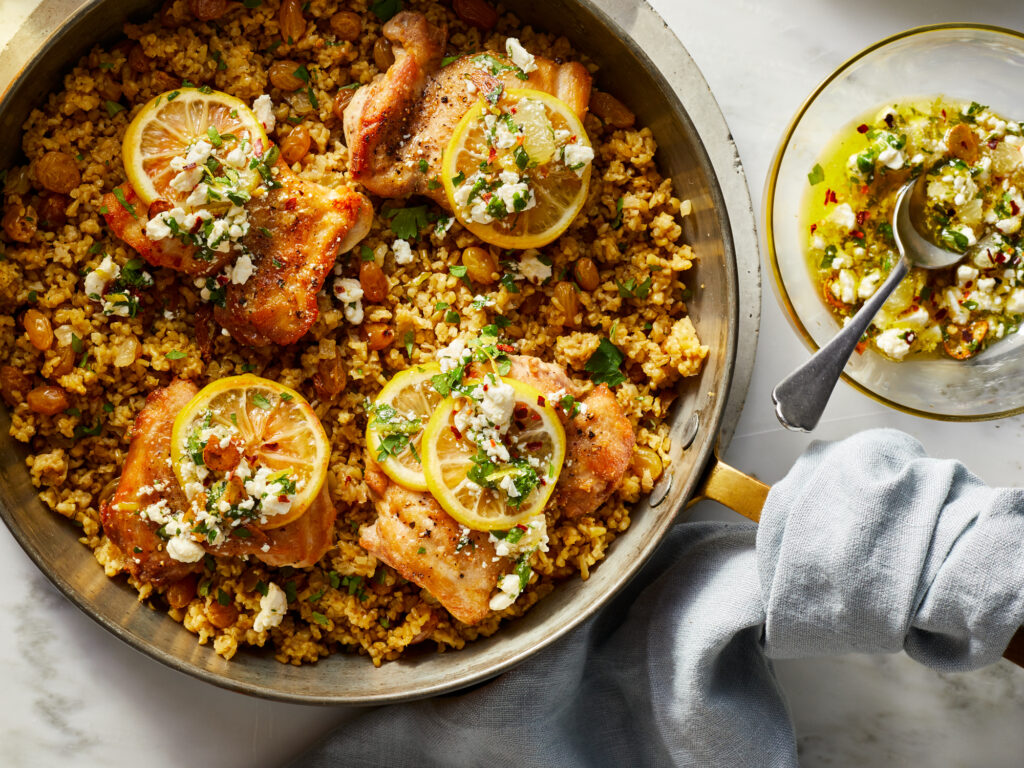
Freekeh is one of the wealthiest grains considering the fiber count. It has four times the amount of fibers compared to other grains.
It is gluten-free and a reliable source of total energy. If you have celiac disease, you can safely take freekeh.
As it contains a significant amount of lutein and zeaxanthin, it’s also good for your eyes. [4]
Because of a low glycemic index, freekeh isn’t going to spike your blood sugar.
Read More: 7 Surprising Health Benefits of Split Pea Soup
2. Kamut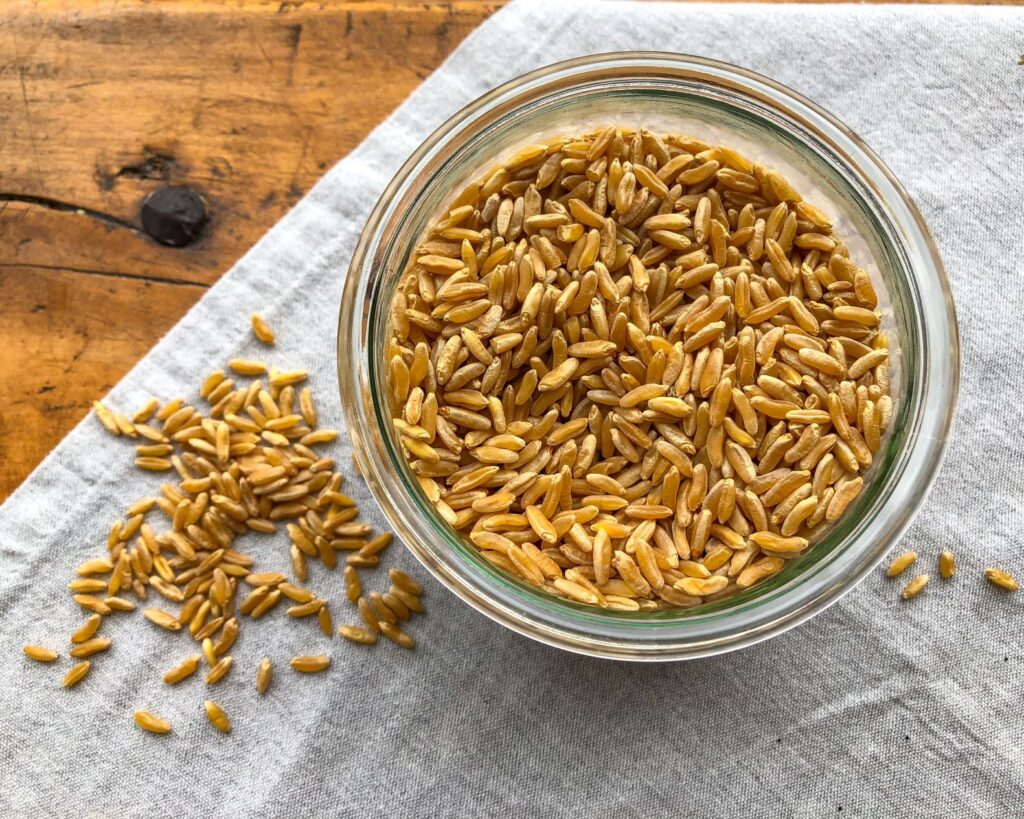
An aged version of the modern wheat that tastes similar to brown basmati rice. [5]
It contains less fiber than the traditional wheat, but 30% more protein and a variant of fatty acids, meaning that it will help you maintain a sustainable energy level.
Kamut has antioxidative and diabetes-preventive properties and decreases the development of type-2 diabetes. [6]
If you want a suitable replacement for white rice, but don’t want to eat quinoa, Kamut could be a good choice for you.
Read More: 11 Health Benefits of Nutmeg You Need to Know
3. Teff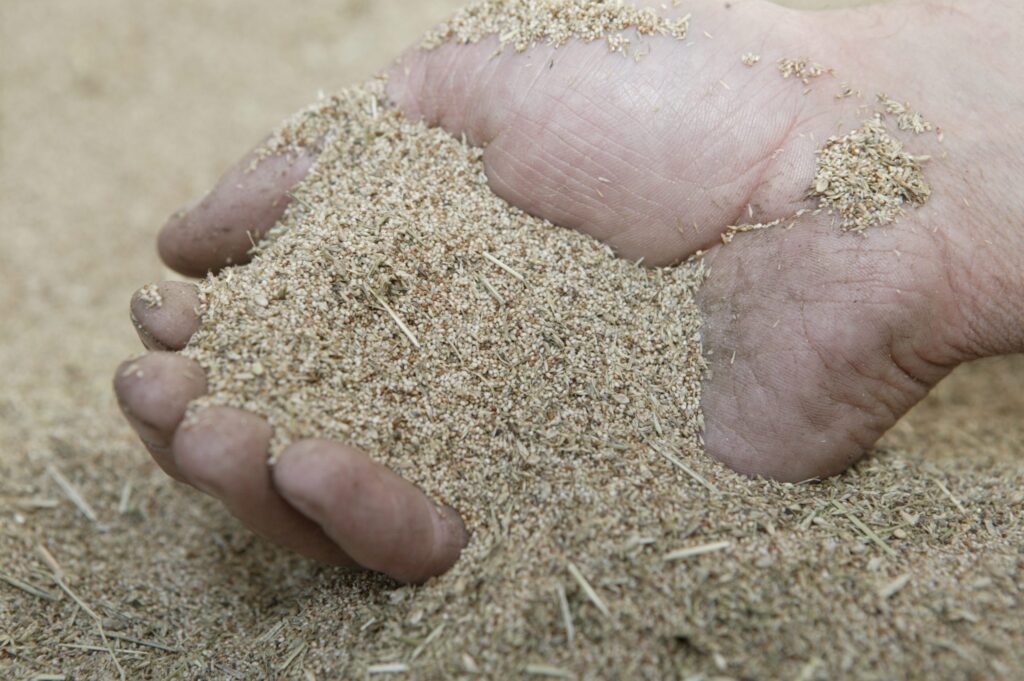
Teff and quinoa are known as twins as they taste the same and cook in the same way (in fact, teff cooks quicker). You can’t possibly tell the difference.
Like quinoa, teff also varies in color. It’s rich in protein, amino acids, calcium, and iron.
It contains resistant starch, a dietary fiber that is good for weight control, blood sugar management, and colon health.
Because of its gluten-free nature and nutritional profile, teff is used in malting, brewing, and the production of gluten-free foods and drinks. [7]
Read More: Fish Oil for Weight Loss- Does It Really Work?
4. Millet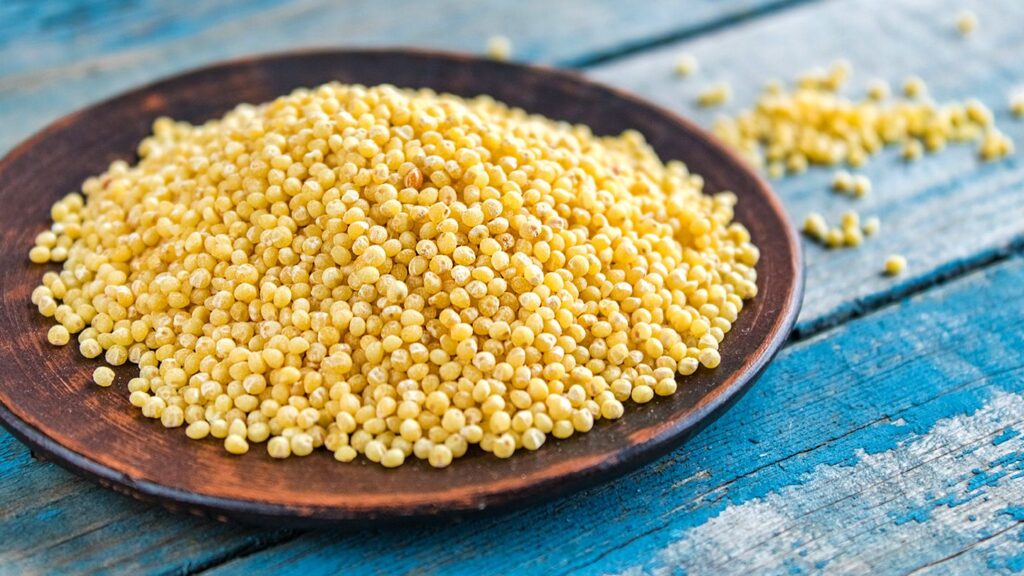
The main difference between millet and quinoa is that Millet is a grain while quinoa is a seed.
Generally, millet grows in the warm countries with poor soils, and is widely used in the manufacturing of flour and alcoholic beverages.
This gluten-free grain is fluffy like rice or quinoa but can be creamy if you add more water and stir it frequently.
Millet is rich in protein. Its magnesium content makes it useful for the heart as well.
Millet has some properties that make it an excellent dietary option for those who have diabetes. [8]
Adding millet to your diet can help main a low blood sugar level.
5. Fonio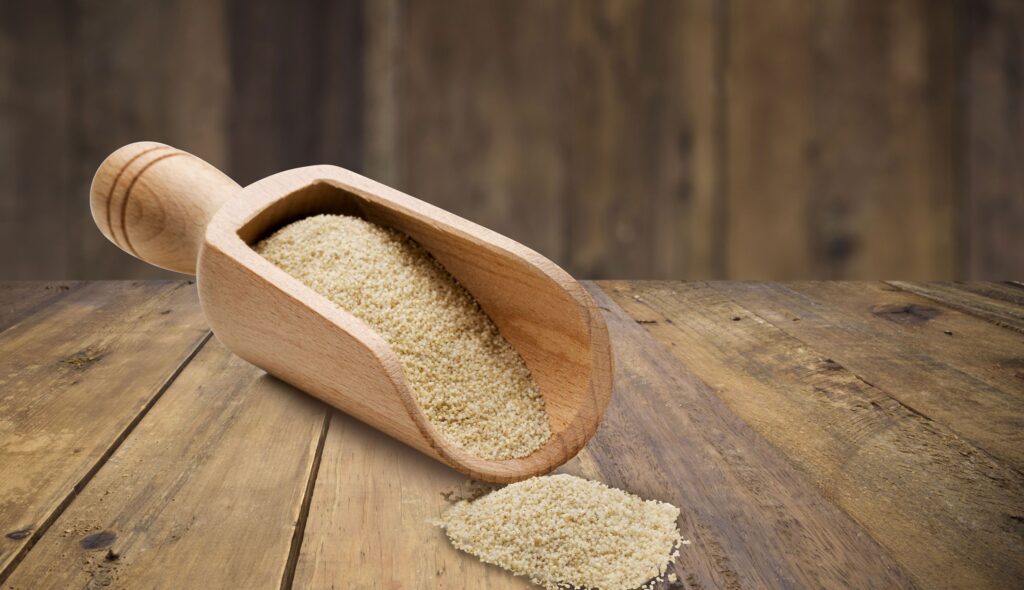
Fonio is known as the world’s most nutritious grain.
It is Africa’s oldest cereal, and the term fonio is used for two cultivated grains (acha & bureau) in the Digitaria genus. [9]
It has a nutty flavor, and you can use it to make salads, stews, and porridges, and grind it into flour.
Fonio contains the right amount of amino acids, methionine, and cysteine. It’s gluten-free, meaning that you can use it as a substitute for quinoa.
It’s an excellent choice for those who are suffering from celiac disease. You can use it to bake bread, and cookies as well.
Read More: Best Dill Substitutes: 6 Herbs That You Must Know
6. Bulgur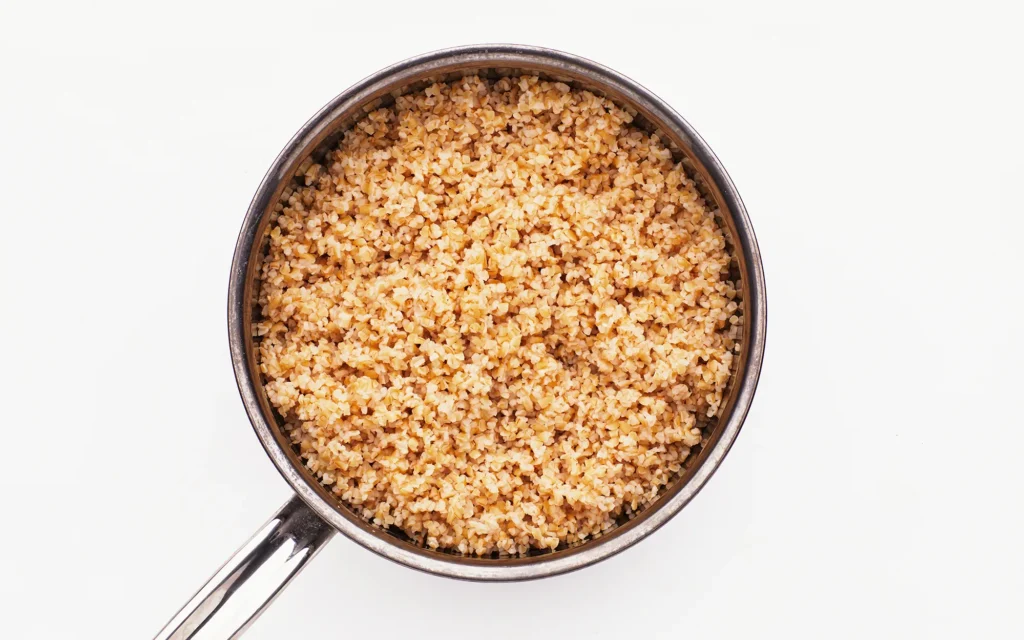
Bulgur isn’t a gluten-free substitute for quinoa, but you can still have it as a healthy diet because of its antioxidant and other healthful properties. [10]
It’s a lot like steel-cut oatmeal and cooks super-fast. It’s a good substitute for quinoa, especially if you want to do something quickly.
You can also use bulgur as a replacement for oats in various recipes.
If you are craving something cold and delicious on a hot summer day, put the bulgur in the refrigerator overnight.
Read More: 10 Best Substitutes for Cottage Cheese That You Must Try!
7. Buckwheat
Despite its name, buckwheat is gluten-free and a healthy alternative to quinoa.
Its highly nutritional food components include anticancer, antioxidant, and anti-inflammatory agents making it quite beneficiary to health. [11]
Buckwheat can help improve blood circulation and treat those who have diabetes. [12]
Buckwheat can be ground into flour, meaning that you can use it as a substitute for quinoa flour when you bake bread or pancakes.
Bottom Line
There’s no doubt that quinoa is a fantastic seed to start a healthy diet and you can use it in various forms. But because of its high carb count, you may not feel comfortable including it on your menu.
These substitutes are very healthy and low in carbs. You can find them in your nearby super shops and can make healthy and yet tasty food with them.
Read Next: 7 Coriander Seed Substitutes That You Need to Know!



